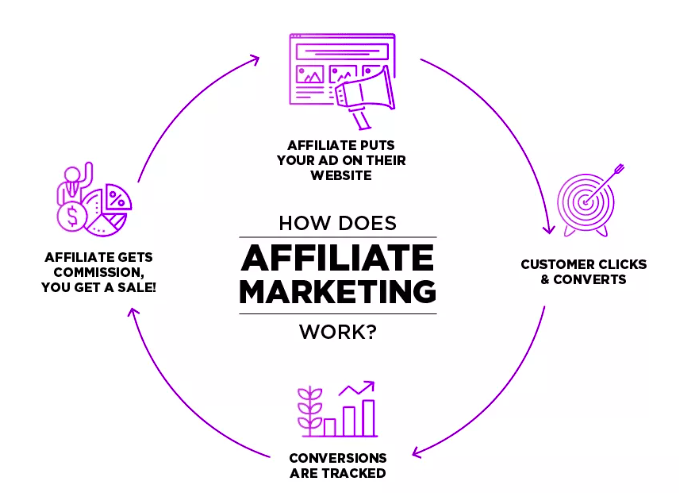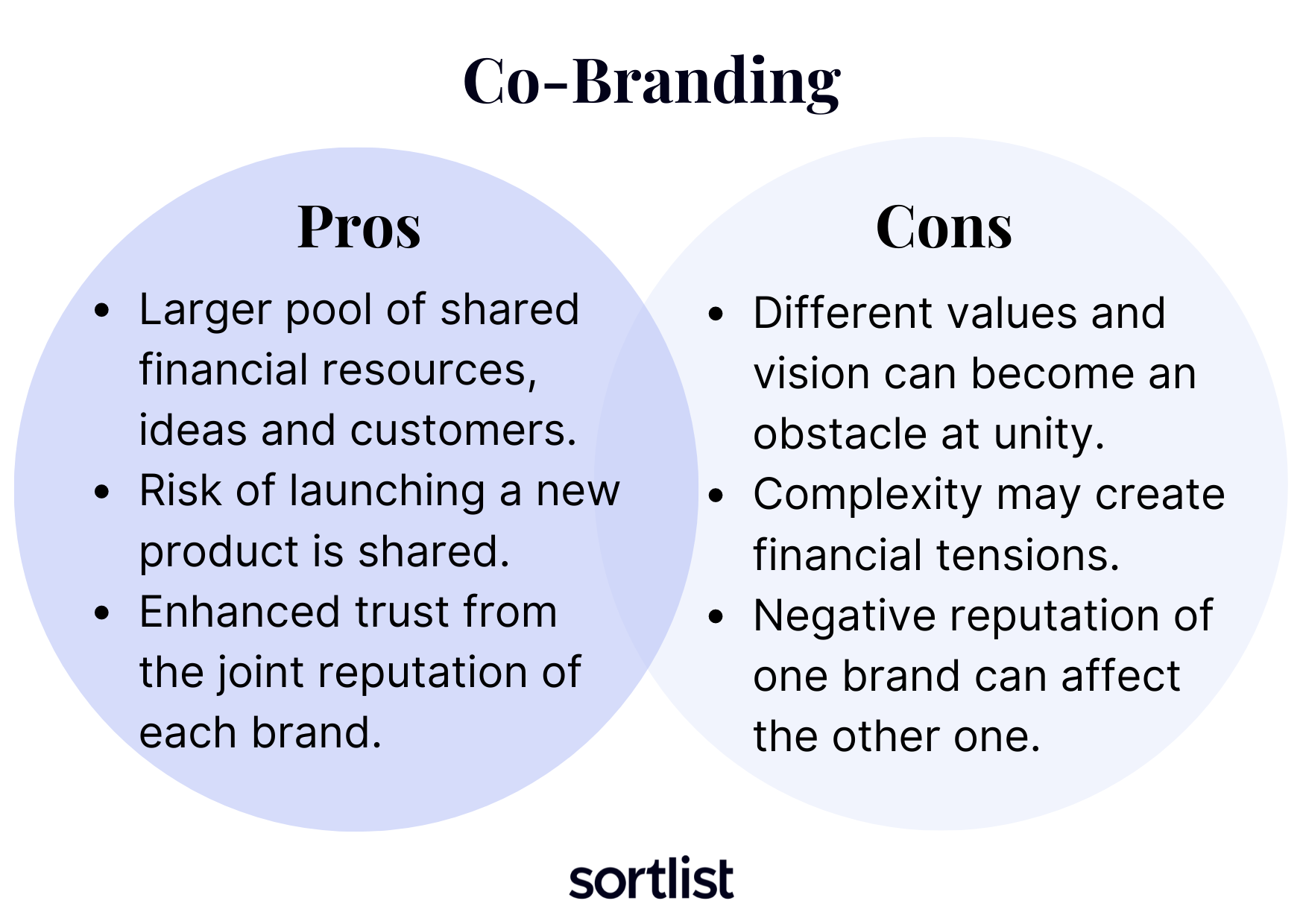
Partner Marketing 101: 10 Types of Marketing Partnerships
Last update: 18 January 2024 at 10:24 am
If your marketing efforts aren’t paying off, it might be time to consider a marketing partnership. Partner marketing involves teaming up to promote each other’s products and services, giving both parties access to new customers.
And it works: high-growth brands are three times more likely to use partner marketing as part of their overall strategy than no-growth firms. In this post, we’ll explore more of the benefits and the different partnership marketing strategies you can use.
What is partner marketing?
Partner marketing (aka partnership marketing) is a strategic collaboration between two businesses or a business and an individual. The parties involved typically have similar target markets, but the purpose of partner marketing is to grow both customer bases through trusted referrals.
Partner marketing initiatives can form part of a B2C or B2B marketing strategy, targeting existing and potential customers with joint marketing campaigns.
If you’re wondering “What is an example of partner marketing?”, keep reading! But first, let’s check out the benefits of a marketing partnership.
Benefits of partnership marketing strategies
By enabling two or more businesses to combine their marketing efforts, partner marketing can increase brand awareness, improve lead generation and increase sales. When companies cross-promote each other, they attract new customers in new market segments.
Marketing partnerships combine skill sets and approaches, providing a fresh outlook and allowing you to innovate and improve. Creating extra customer value makes buying decisions easier for your target audience.

Established businesses can use partnership marketing to increase their market share with a new audience. For smaller firms, strategic partnerships help you gain visibility and establish brand identity.
Marketing partnerships pool everyone’s resources, so you’re not restricted by lack of funds or personnel. Influencer marketing or an affiliate program operates on a pay-per-performance model, which also reduces your marketing budget.
Likewise, Sortlist conducted a survey to determine the power of influencers in the health and nutrition sector. This article analyzes the factors that make people trust an influencer and so more.
Looking for |
From 32,000 agencies, we narrow down to only the ones you’ll love.
No commitment, totally free.
10 Types of Marketing Partnerships
Okay, so we know what partner marketing is. But you’ll still have questions, such as “How do I partner with other brands?” or “How do you build a partner marketing program?”
We’ve listed 10 popular types of marketing partnerships and explained how they work, so you can find one that suits your business.
1. Affiliate marketing
Affiliate marketing is where you incentivize partners to promote your company on their own channels. Affiliate partners are usually bloggers or social media influencers, who are seen by your audience as trusted authorities.
They place links to your business on their website, blog, or social media, and earn commission when customers click links or make purchases.
Don’t forget brand ambassador opportunities. Brand ambassadors also promote your brand to their own followers, but they focus on building relationships with your audience rather than a purely promotional approach.

2. Influencer marketing
Influencers also get paid for endorsements, but they don’t earn recurring commission. These marketers—including actors, singers, bloggers, YouTubers, and Instagrammers—are able to leverage their following and promote your brand in a way that influences customer purchase decisions.
The key to successful influencer marketing is to choose partners who’ll maintain the audience’s trust and respect. Some influencers have gotten into trouble by failing to make it clear they’re being paid for endorsement, or recommending products they’ve never actually used.
3. Referral marketing
Alongside word-of-mouth referrals from happy customers, you can also create referral marketing partnerships with other businesses or individuals. Again, these should be trusted authorities who can influence others, in exchange for small commissions on every sale.
How is this different from an affiliate marketing program? Affiliates promote your business to anyone who visits their channels. Referral marketers recommend you to people they have existing relationships with, making the recommendations more powerful.
4. Content partnership
84% of millennials distrust advertising, and they’re 247% more likely to be influenced by blogs or social networking. That’s one reason why content marketing is so important—and it’s ideal for partnership marketing campaigns.
Content partnership sees brands work together to produce marketing content that serves them both. Either one brand creates it and the other distributes it, or they might collaborate on a single project. An example of this is guest posting in exchange for backlinks.
5. Loyalty programs
Your business may already have a loyalty program, where customers receive incentives for frequent purchases. In loyalty-based partnership marketing, one brand offers rewards within another brand’s loyalty program so that both gain extra exposure.

For example, to reward customers for buying coffee at your kiosk, you could team up with a muffin company and give away a free muffin with every tenth purchase. Or allow customers to collect points towards a relevant item from a partner brand, such as a coffee press or a set of mugs.
6. Sponsorship
Sponsorship is still a very popular form of partner marketing. We’re all familiar with brands sponsoring sporting events, such as Pepsi sponsoring the NFL. And YouTube creators are often sponsored in return for product endorsements.
Both parties generate value from this type of collaboration, although bad publicity will have the opposite effect. Sponsorship marketing may overlap with other types of partnership marketing, such as product placement.
7. Product placement
It was memorably satirized in The Truman Show, but product placement is still a thing. It’s just more subtle these days, with products strategically displayed in the background of a TV show rather than brandished to camera.
But it’s not just about TV—think of celebrities casually mentioning a brand in an interview, or those sponsored ads that look just like the rest of the search results on Google.
In this type of marketing partnership, you’re selling to customers without them realizing it.
8. Co-branding
This is a strategic partnership in which two brands co-create a new or better product, adding additional value for customers and increasing sales.
For example, Adidas and Kanye West teamed up for the Yeezy shoe line (which boosted Adidas’ net annual profits by 19.5%).
Another form of joint venture is where two related but non-competing brands combine their marketing strategies to promote existing products and offer benefits to both audiences. This is sometimes called affinity marketing.

9. Channel partners
Channel partners are third-party businesses that help market your brand, such as distributors, resellers, and wholesalers.
For example, in distribution partnerships, one partner bundles another company’s products into its own distribution. In-store demonstrations are a common type of distribution partnership.
Similar examples include “white labeling” (selling or leasing your products to a partner brand that distributes them under their own name) and licensing, where one brand sells the use of its products and brand image to another.
10. Nonprofit partnerships
Nonprofit partnership marketing is where you partner with a charity or cause. You’ll usually make a donation each time a certain item is purchased, or donate a percentage of profits.
For example, if you sell pet accessories, you could partner with an animal charity.
The nonprofit will benefit from increased awareness, and your business gets to give back to society. Just ensure that your customers believe you genuinely care, rather than using it as a blatant marketing strategy.
Looking for |
From 32,000 agencies, we narrow down to only the ones you’ll love.
No commitment, totally free.
Tips for Successful Partner Marketing
Here are a few examples of how you can make marketing partnerships work for you.
Define objectives
Start by considering what you want to achieve through partner marketing. That means understanding your own goals, and figuring out which type of partner can help you meet them.
Whether you’re pitching to enterprises or nonprofits, you’ll need to know how to write a program proposal that outlines the mutual benefit.
Find the right partner
When recruiting partners, avoid direct competitors and completely unrelated businesses. Make a list of requirements—are you seeking particular skills or experience?
Identify, research, and contact potential partners and make sure you’re both on the same page in terms of desired outcomes and goals.
Make an agreement
Strategic partnerships require a clear understanding of everyone’s responsibilities. It’s essential that both parties agree upfront on how the partnership will work, and that the agreement includes scenarios such as what will happen if a deadline is missed.

Reward your partners
Partner marketing should be rewarding in order to keep partners motivated. Rewards and incentives will vary, based on how you run your program.
Affiliate marketers typically receive a commission from every sale, whereas sponsorships tend to imply a fixed fee.
Measure the results
The exact metrics you track will differ between companies, but it’s vital to set measurable goals and benchmarks. For instance, are you aiming to increase leads, website visitors or social media followers?
Communicate!
Communication is a key element of partner management. Keep your partners updated on developments in your business, and ensure they have all the information and resources they need to promote your brand.
Ready to Launch a Partnership Marketing Campaign?
Whether it’s affiliate marketing or co-branding, implementing a partner marketing strategy can bring significant benefits to your business. This includes raising brand awareness, growing your customer base, and reducing your marketing budget.
Finding the right partners is crucial for your partnership marketing campaign, so check out the different types and figure out which would suit you best. Don’t forget our top tips for managing partner relationships!





